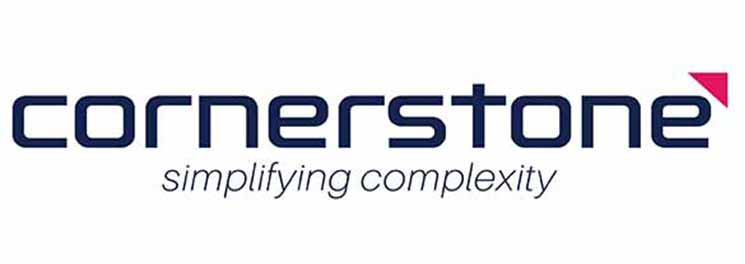
An In depth Look at Predictive and Prescriptive Analytics and the Role of Good Data Governance
Businesses need to be able to make informed decisions. However, asking the right questions at the right time armed with properly governed data is difficult.
The good thing is that there are analytical techniques to help you make good judgements that aim to achieve desired business outcomes.
Predictive vs Prescriptive
Businesses use two methods to come up with good judgements that aim to achieve desired business outcomes. Each method has a role to play they are not stand-alone tools. They are used for specific purposes in different industries. While both methods are forward-looking, each asks a different question.
Predictive Analytics asks “What will happen?”, while Prescriptive Analytics asks “How can we make it happen?”. Let’s discuss what these differences are and why they matter.
Predictive Analytics uses mathematical and modelling techniques to decide what could happen in the future. It draws from historical data and simulation methods to predict a future occurrence or event.
Prescriptive Analytics, on the other hand, takes predictive analytics one step further by providing optimized insights and actionable solutions derived from the data results from predictive analytics. Prescriptive analytics provides the story of what the datasets mean, what are the issues, and how those issues can be resolved.
For example, the predictive analysis aims to decide when a system should need to be serviced. On the other hand, prescriptive analysis can decide what needs to be repaired, and the best maintenance, substitution or outsourcing decisions to improve overall profitability and productivity.
Is Predictive Analytics Inferior to Prescriptive Analytics?
Predictive Analytics suggest what is going to happen. However, it does not provide any clarity as to what actions you should take. It focuses on a relatively narrow set of parameters for short-term risk analysis. Predictive Analytics assess metrics in isolation but do not analyse their aggregate effect. For example, it will calculate and forecast the sales success of the company. But, it cannot measure the effect higher raw material prices will have on the cost of sale.
On the other hand, Prescriptive Analytics not only decides what is going to happen, it will tell you what needs to be done. It will explain what is going on in the enterprise, and points out the best step to maximise returns and profitability.
Both methods offer tangible benefits. Nevertheless, the results from Prescriptive Analytics usually far outweigh those from Predictive Analytics.
In terms of cost, prescriptive solutions are likely to be pricier. But, the return on investment of prescriptive analytics is far greater than with predictive analytics.
No matter what type of analytics you use, your enterprise must have a method to make long-term decisions. You can achieve this through good data governance.
Are you ready to operationalise the most effective methods for your business?
IBM Cloud Planning Analytics offers data governance solutions that can help your business make informed predictive and prescriptive decisions. Contact Cornerstone Performance Management, IBM’s Platinum Business Partner to get started today.
Follow us on LinkedIn to stay up to date.




